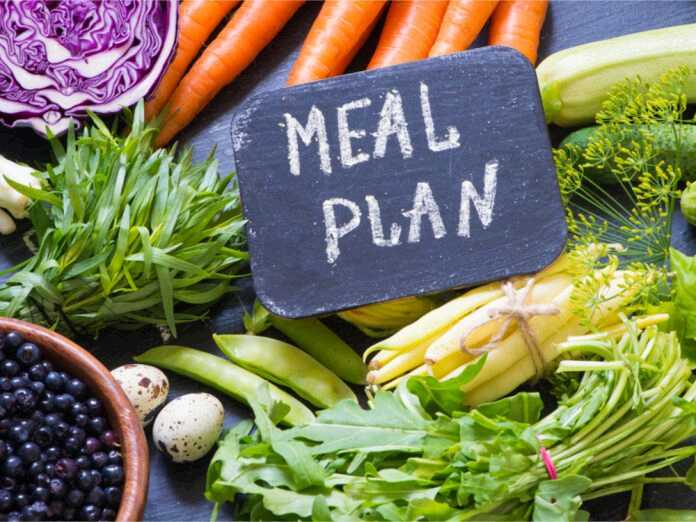
If you have problems with your blood sugar levels, regulating your diet should be a top priority. Low blood sugar (hypoglycemia) requires some specific dietary changes to avoid problems like headaches, trembling, anxiety, and even coma.
Here are some dietary tips for hypoglycemia.
Breakfast
You should have your breakfast as soon as you can, since your sugar levels typically drop during the nighttime. Try to avoid sugary drinks like juices, as they can spike your sugar levels. Here are some breakfast foods you should go for:
- Whole-grain toast with hard-boiled eggs;
- Oatmeal with sunflower seeds, cinnamon, and berries;
- Greek yogurt with honey, berries, and oatmeal.
Cinnamon is especially important here, as studies suggest that it can lower our sugar levels.
Lunch
One of the most important dietary tips for hypoglycemia is to have a diet rich in protein and healthy fats. Here are some lunch ideas:
- Chicken, tuna, or tofu sandwich with salad leaves on whole-grain bread;
- Vegetable and chickpea salad;
- Grilled fish served with baked sweet potatoes and a side salad.
It’s important not to substitute sweet potatoes with white russet potatoes, as the latter have a much higher glycemic index.
Dinner
Your evening meals should be small and rich in protein and complex carbs. Lean meats and whole-grain oats are always welcome.
- Tofu or chicken with vegetables and brown rice;
- Salmon with salad or steamed vegetables;
- A bean stew with kidney beans, lentils, tinned tomatoes, and chickpeas.
The Bottom Line
So, there you have it – our key dietary tips for hypoglycemia. Remember to eat frequent meals, go for foods with lower GI, and cut back on alcohol. You should also avoid high sugar foods like sugary drinks and snacks.






















